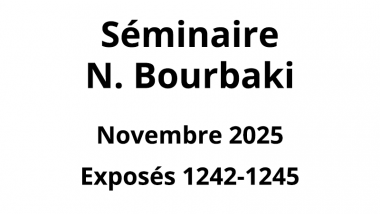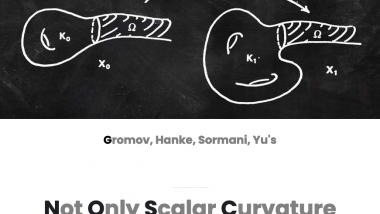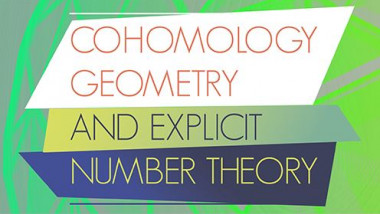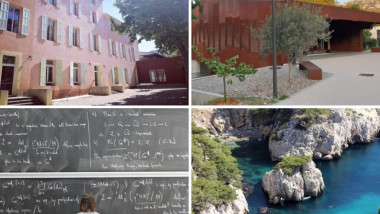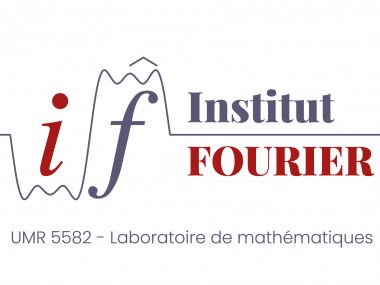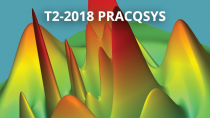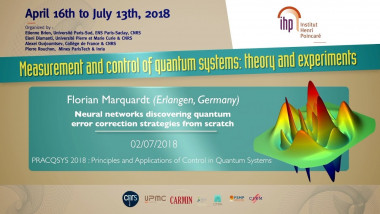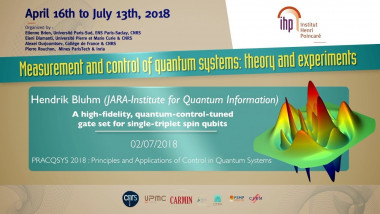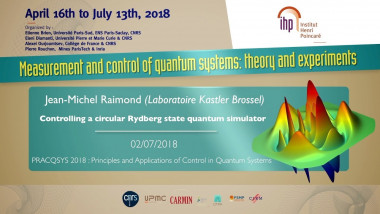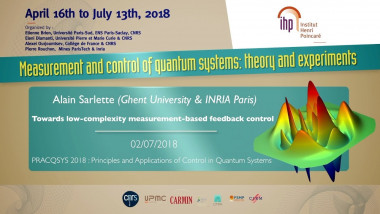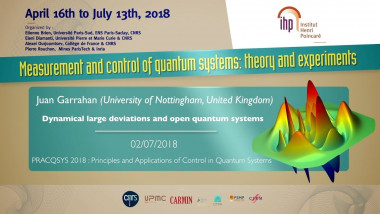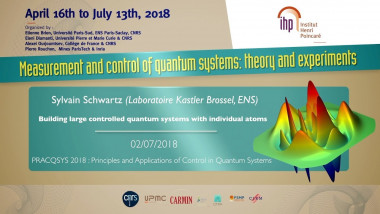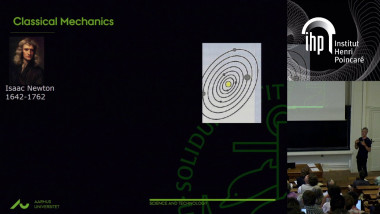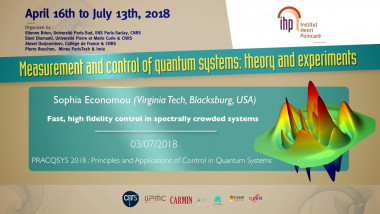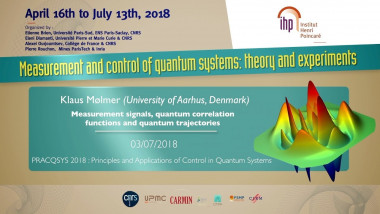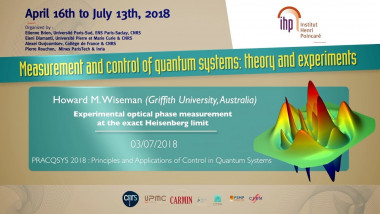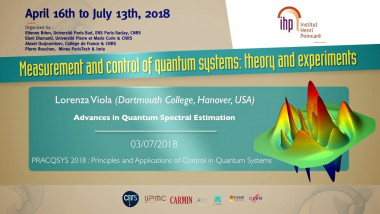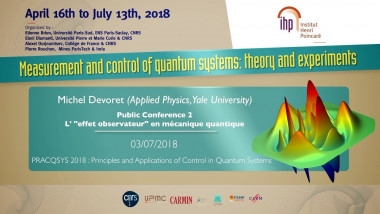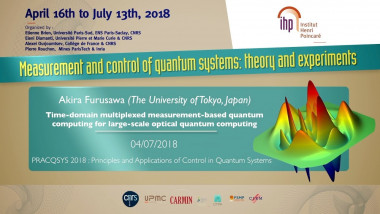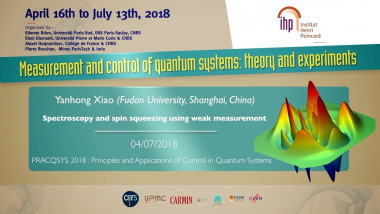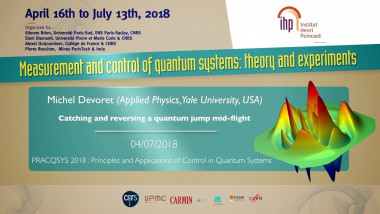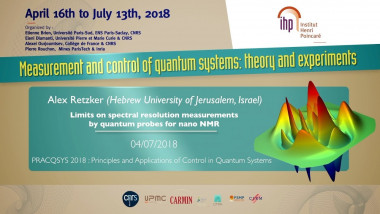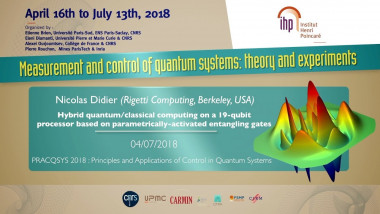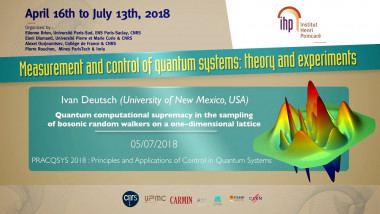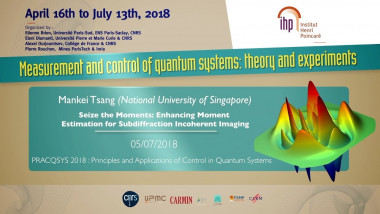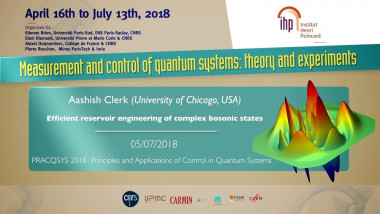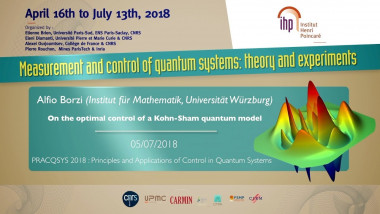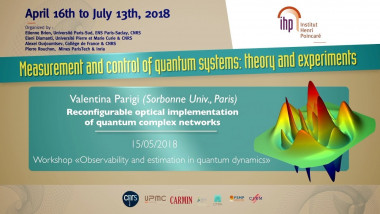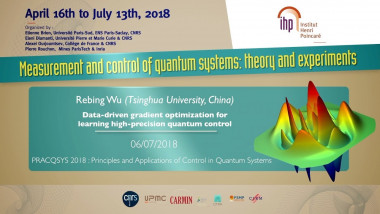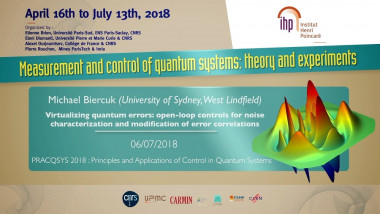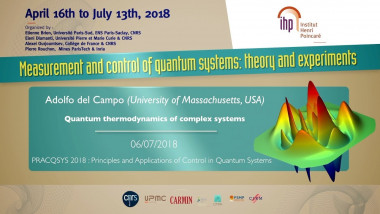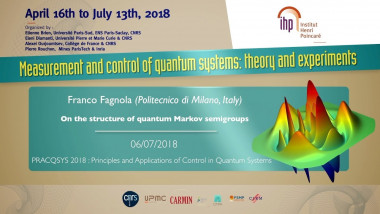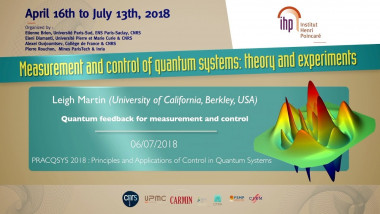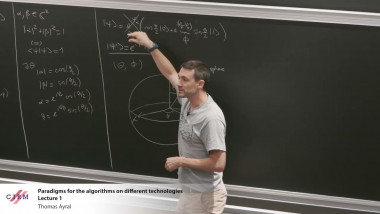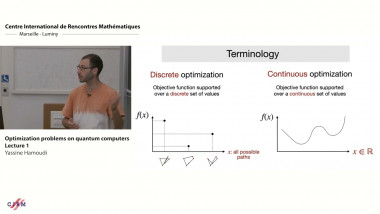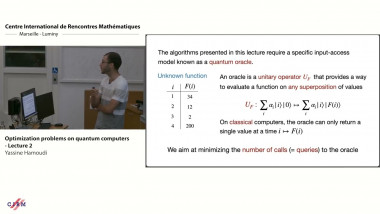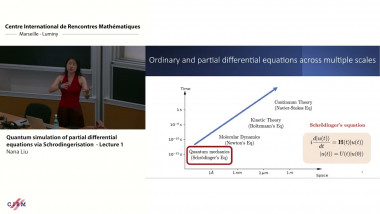Controlling a circular Rydberg state quantum simulator
Quantum simulation is one of the most promising outcomes of the thriving quantum technologies. A quantum simulator emulates the dynamics of a many-body system of interest. All the interaction Hamiltonian parameters are under control, all pertinent observables can be measured, leading to an indepth understanding of the dynamics. With only a few tens of interacting spins, a quantum simulator could overwhelm classical machines for dynamical simulations, with a large impact on fundamental physics and innovative materials development.
We recently proposed [1] a new platform for quantum simulation, based on laser-trapped circular Rydberg atoms. The inhibition of microwave spontaneous emission, the main decay channel, makes it possible to reach extremely long atomic lifetimes in the minute range. The strong dipole-dipole interaction between these highly excited atoms is tunable by adjusting the interatomic distance as well as electric, magnetic and microwave fields applied on the atoms. The advances in laser trapping techniques make it possible to prepare deterministically arrays with tens of atoms. The system emulates a quite general XXZ spin-1/2-array Hamiltonian with transverse fields. The unprecedented Rydberg atoms lifetimes make it possible to follow the system dynamics over very long times.
I will describe the principle of this simulator, and the progress towards its realization at Laboratoire Kastler Brossel.
